Muharram in Kashmir: How ‘Azadari’ was established, preserved with blood
By Basharat Abbas
In Usul al-Kafi, Sheikh Al- Kulayni writes about how a group of Kashmiris met and converted at the hands of the twelfth imam, Al- Mahdi (AS) in the Iraqi city of Baghdad.
Historically, there is material evidence of Muslim presence in Kashmir as early as the 9th century. Much of this early interaction between Kashmir and Islam happened through merchants, preachers, and Sufis who were linked with the Persian culture.
This early interaction also led to the introduction of Shiism into Kashmir. While the initial Shia presence in Kashmir was minuscule and at the margins of power, it was only after the arrival of Mir Syed Shamd-ud Din Araki in the 16th century that Shiism advanced in the region.
In 1561 the short-lived Shia ruling dynasty of the Chaks established their sultanate in the region before being defeated by the Mughals in 1589.
It is believed that the institution of imambada and Muharram mourning was introduced in Kashmir by Mir Syed Shams-ud Din Araki in the early 16th century, though some historians view it differently.
Most histories dealing with the Chak rule in Kashmir, while emphasizing their connection and patronage of Shiism, are silent on any commemorative ceremonies during Muharram.
Still, there are manuscripts of Kashmiri marsiya (elegy) some of which date back to the 15th century. One of the marsiya is dated to 812AH/1409 CE and has verses in Persian followed by the translation in Kashmiri, indicating that this was part of the initial interaction between a Kashmiri audience and preachers from Iran.
Māh-e mātamchun 'ayānshudvā Hussain
Āv Muharram tikariv mātam mūminovā Hussain
Muharram in Kashmir during Mughal rule
It is only during the Mughal rule in Kashmir (1586-1720) that we come across references to Muharram ceremonies in the capital city, Srinagar.
The first mention is that of the Mughal governor of Kashmir, Zaffar Khan Ahsan, who served under Emperor Shah Jahan. In addition to his administrative skills, Khan, whose forefather hailed from Turbat in Khurasan, was also an acclaimed Persian poet in sabak-e-hindi.
It was on his invitation that the great Persian master of ghazal, Saib Tabrizi visited Kashmir.
Khan was responsible for holding Muharram majalis (ceremonies) in special tents set in his garden, Bagh-e Ahsanabad, located in the Shia-dominated mohalla of Hassanabad.
It is from this period that the first imamabada in Kashmir, Maraak, was constructed in the heart of the Shia-dominated mohalla of Zadibal in central Kashmir. Most researchers are of the opinion that the name of this imamabada is derived from the Arabo-Persian word, maurika (literally battleground).
In many Persian-influenced cultures, the event of Karbala is also referred to as maurika-i-Karbala or simply, maurika. Earlier, we find that the Mughal historian Abdul Qadir Badayuni in his history Muntakhab-u Tawarikh writes about how Muharram majalis known as ‘marika’ became widespread in Delhi after the return of Emperor Humayun from his exile in Iran.
Recent research has shown how the plan of Maraak owed its inspiration to the design of Friday mosques in Iran. The custodianship of the Maarak was retained by the Maarakdar family, a branch of the Mousavi Sayyid family, which traced its ancestry to Araki.
Muharram and sectarian tensions in Kashmir
The demise of Mughal rule in Kashmir in 1751 century was accompanied by worsening sectarian relations in the city, and consequently, the city suffered from many Shia-Sunni riots and the Maarak was burnt down.
Muharram majalis which had vastly expanded under the patronage of Iranian-origin Mughal subedars such as Zaffar Khan, Ali Mardan Khan and Ibrahim Khan were also scaled down.
When the Shia subedar, Nawwab Safdar Jung arrived in the city, many Shias, especially those living in Zadibal migrated with him to Awadh. On the establishment of the Awadh kingdom, those Kashmiris were instrumental in popularizing Shia mourning ceremonies across the Awadh.
Back in Kashmir, the Mughal rule was followed by Afghan rule which proved extremely painful for the Kashmiris in general and Shias in particular.
An attempt by the Shias of Zadibal and Hassanabad to construct imambadas in these two neighborhoods in 1801 was forcefully put down, and the plinth of both structures was razed down before the buildings could be completed.
The Afghans banned the enactment of Muharram ceremonies in public or private spaces. The anguish of the Kashmiri Shias is best captured by a contemporary Kashmiri marsiya writer, Khawja Hassi Bhat who writes about this dark period:
Who can bemoan the martyrdom of Imam Hussain here?
Alas! Those who dared are gone,
Their houses and matamsarai (imambara) burnt
Many Shias, especially in the city constructed tahkhanas (basements) in their homes, where the family would hold limited majalis.
Revival of Muharram commemorations
Following the collapse of Afghan rule and the acquisition of Kashmir by the Sikhs under Maharaja Ranjit Singh in 1819, the Shias of Srinagar made an attempt at re-establishing Maarak at Zadibal.
Two Iranian shawl merchants residing in Srinagar, Aqa Muhammad Baqir and Hajji Abid, funded the reconstruction. Consequently, in the Muharram of 1830, marsiyas were publicly recited at Maarak, followed by an Ashura procession from Maarak to Hassanabad.
The Muharram procession of 1830 is the first recorded event of this nature in Kashmir. Unfortunately, the procession was attacked near the Malkah cemetery and many Shia were killed and Maarak burnt.
The Kashmiri Prime Minister at the Awadh court, Hakim Mahdi Khan, financed the reconstruction of the burnt imamabada. In around 1851, an Iranian a’lim Sayyid Ibrahim Qazwini arrived in Kashmir and started congregational prayers at Maarak.
Subsequently, it is found that during the first ten days of Muharram, majalis were regularly held at Maarak in which both men and women participated, though within the bound of women's seclusion-purdah.
On the day of Ashura, day-long majalis would be held in the imambada with the recitation of marsiyas. It was in the 19th century during the Sikh rule, that the Kashmiri marsiya attained its distinct form and served not only as a medium for mourning the loss at Karbala but also as a medium of sermonising.
Ashura procession in heart of Kashmir
In Srinagar, a wealthy shawl merchant Mirza Muhammad Ali of Namchibal was responsible for re-establishing the procession of Ashura in the city. The exact date is not known but this event would have occurred before 1873.
The Ashura procession would start before morning prayers from Mirza Ali’s house at Namchibal, and then in early morning darkness proceed to Maarak at Zadibal accompanied by a dozen mourners, carrying torches and reciting in kalima.
It was only in 1923 that nouhas were recited in the procession and it took place during day time. In 1924, the Muharram procession defied a day-time ban imposed by the Hindu Dogra King and a unified Shia-Sunni procession was taken out.
This procession was accompanied by two alams (flags) from the revered khanqah of Mir Sayyid Ali Hamdani, one of which is said to be the alam that Imam Hussain (AS) had at Karbala.
Mirza Muhammad Ali also constructed a new imamabada at Hassanabad. It was only in 1897, the first major imamabada, outside Srinagar city, was also constructed at Budgam, by Aga Sayyid Muhammad, which was later expanded.
Muharram in Kashmir bigger, brighter
Over time, across Shia settlements in Kashmir, many big and small imamabadas have been constructed which serves as the nucleus of the community's social and religious life.
With time the nature and the scale of the Muharram majalis and processions increased, both in Srinagar and in the central district of Budgam with a significant Shia population.
While in the post-1947 period, two processions would commence in the city, one from Namchibal to Maarak, another procession would start from the shrine of Mir Syed Shams-ud Din Araki at Zadibal and proceed to Imambada Hassanabad.
In 1978, on the recommendation of then-chief minister, Sheikh Muhammad Abdullah, the two processions in Srinagar were combined into one single grand procession starting from the heart of the city at Abi Guzar and marching around 7 km before reaching Zadibal.
Following the outbreak of insurgency in the region, this procession has been banned by state authorities since 1989. Nevertheless, many big and small processions do take place along routes in mostly Shia-dominated areas.
While historically Muharram ceremonies have served as the most visible symbols of Shia identity, in contemporary Kashmir, they increasingly project a unified Muslim image.
Many Sunni preachers and poets also participate in these Muharram majalis symbolizing resistance to evil and supporting justice.
Basharat Abbas is a Kashmir-based writer and researcher of Islamic history.
(The views expressed in this article do not necessarily reflect those of Press TV.)
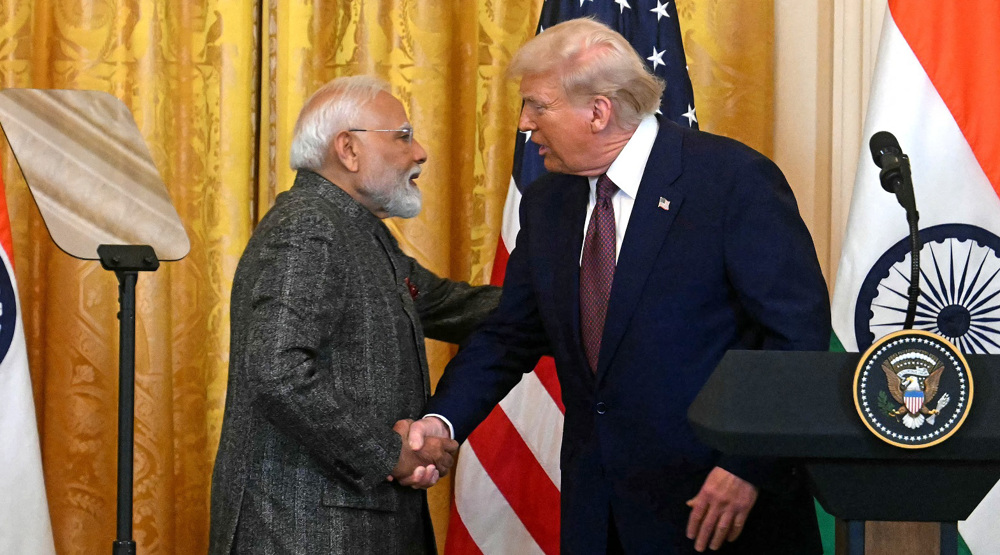
China warns US, India after Trump surge in arms sales to New Delhi
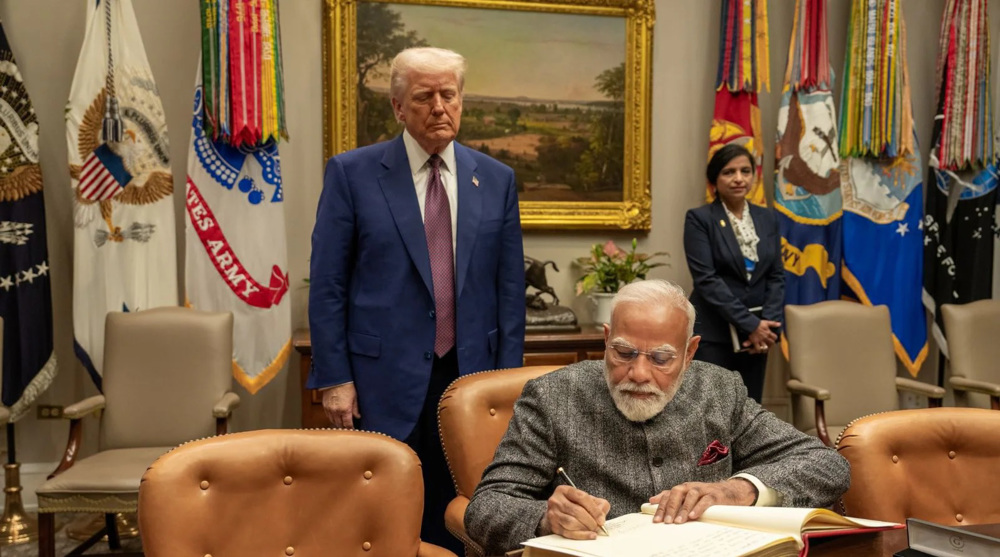
Trump says US to dramatically increase military sales to India, including F-35 jets
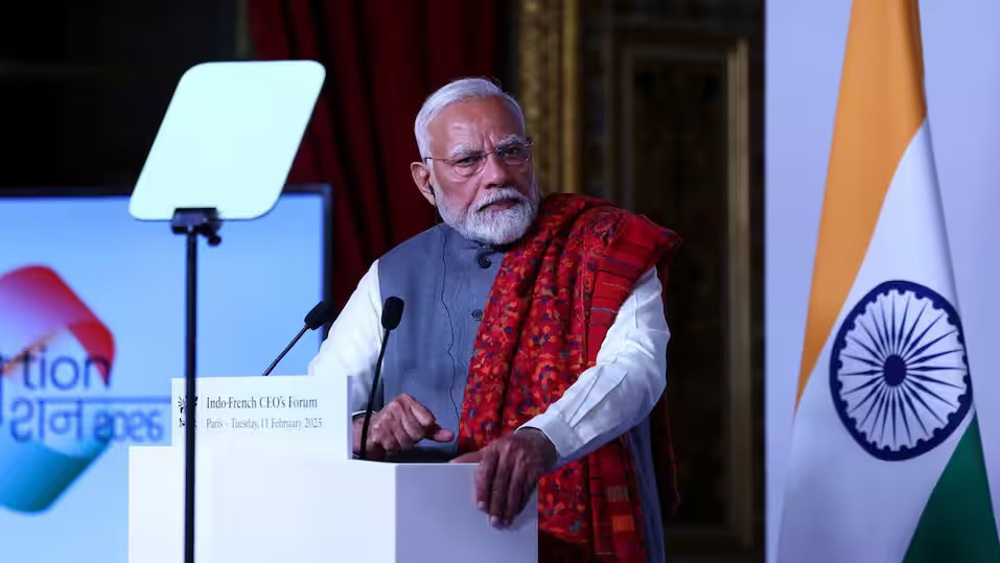
India's Modi heads to US to defuse Trump’s trade war
IRGC: Nasrallah funeral ‘global resonance of resistance’; Hezbollah resolute to dismantle Israel
VIDEO | Pakistanis attend mass funeral for martyred Hezbollah leaders
Hamas condemns escalation as Israel deploys tanks into West Bank for first time in decades
Iran Army’s hovercrafts fitted with advanced long-range missiles: Navy chief
VIDEO | Pro-Palestine protesters in Madrid call for end to Israeli crimes
VIDEO | Tehran commemorates martyred Hezbollah leader
VIDEO | Press TV's news headlines
VIDEO | Iranian military's 'Zolfaqar' exercises continue in full swing


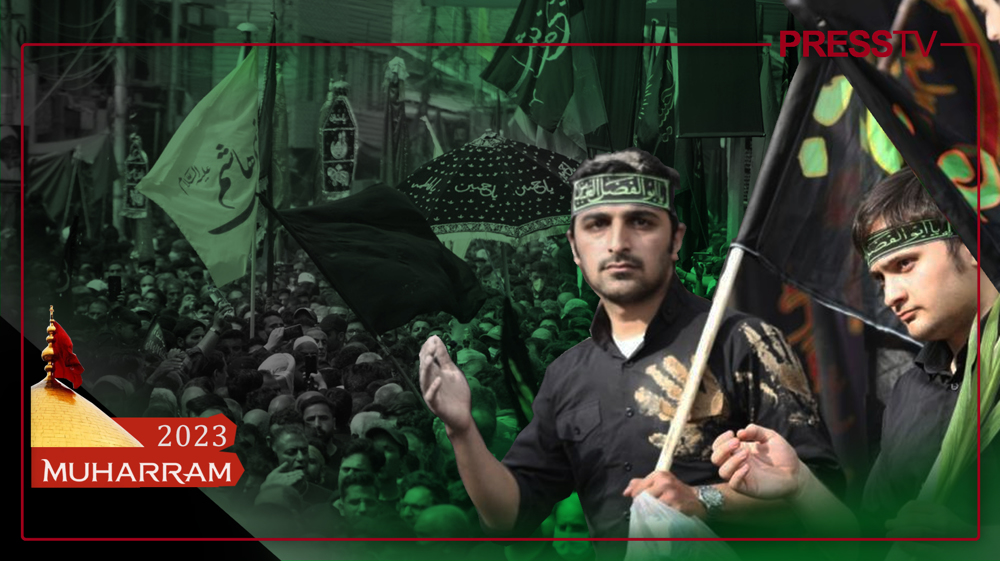




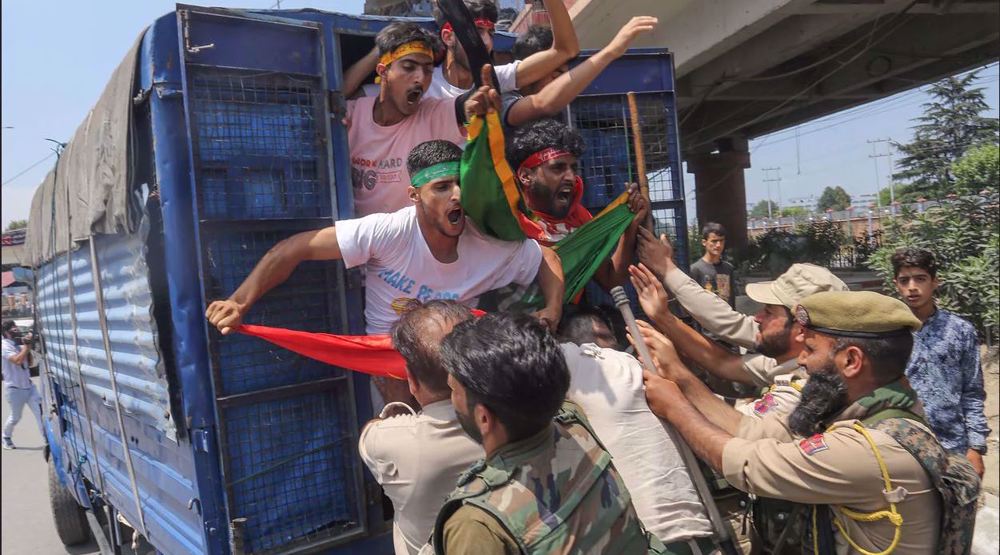
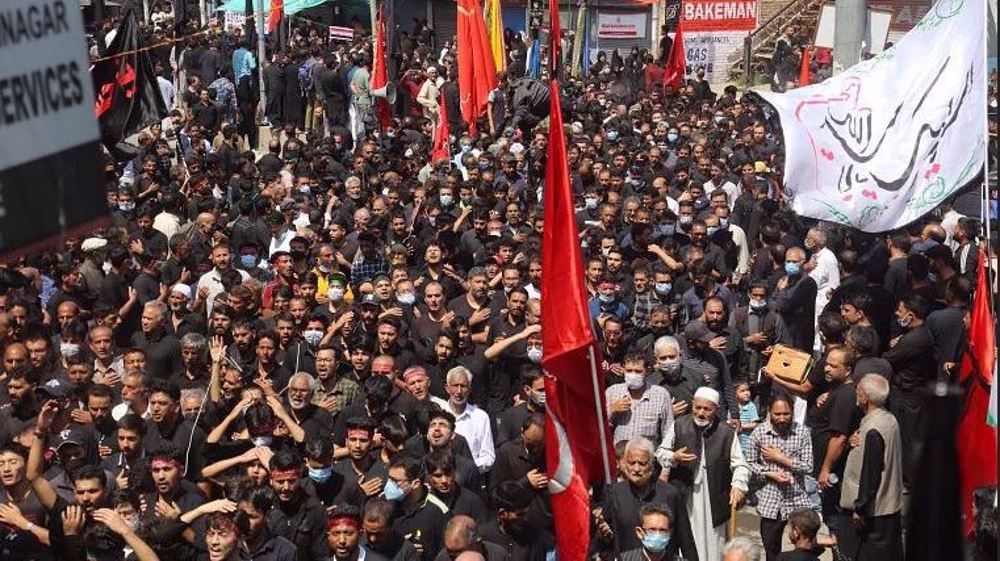



 This makes it easy to access the Press TV website
This makes it easy to access the Press TV website